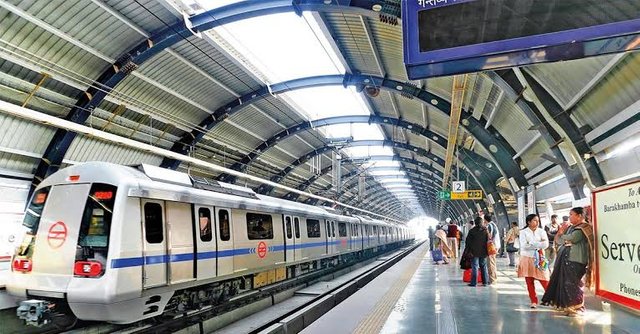Metro train
A metro train (or subway train) is a type of urban public transportation system that operates on an electrified railway network, typically underground, on elevated tracks, or at ground level. Metro trains are designed to transport large numbers of passengers quickly and efficiently across a city or metropolitan area. Key features of metro train systems include:
Features:
1. High Capacity: Designed to carry hundreds to thousands of passengers per trip.
2. Frequent Service: Operates on short intervals, especially during peak hours.
3. Dedicated Tracks: Runs on exclusive tracks separate from other rail or road traffic, reducing delays.
4. Electrified Power: Powered by overhead wires or an electrified third rail, making them eco-friendly.
5. Fixed Stations: Stops at predetermined stations with facilities like ticketing, escalators, elevators, and safety measures.
6. Automation: Many systems use advanced technologies, including fully automated trains.
7. Speed and Accessibility: Faster and more punctual compared to buses, with stations spread across key urban areas.
Examples:
• London Underground (UK): One of the oldest metro systems, known as “The Tube.”
• New York City Subway (USA): Extensive network with 24/7 service.
• Delhi Metro (India): Modern and eco-friendly, with both underground and elevated lines.
• Shanghai Metro (China): Among the largest and busiest in the world.
Would you like more information on a specific metro system or how they work?
